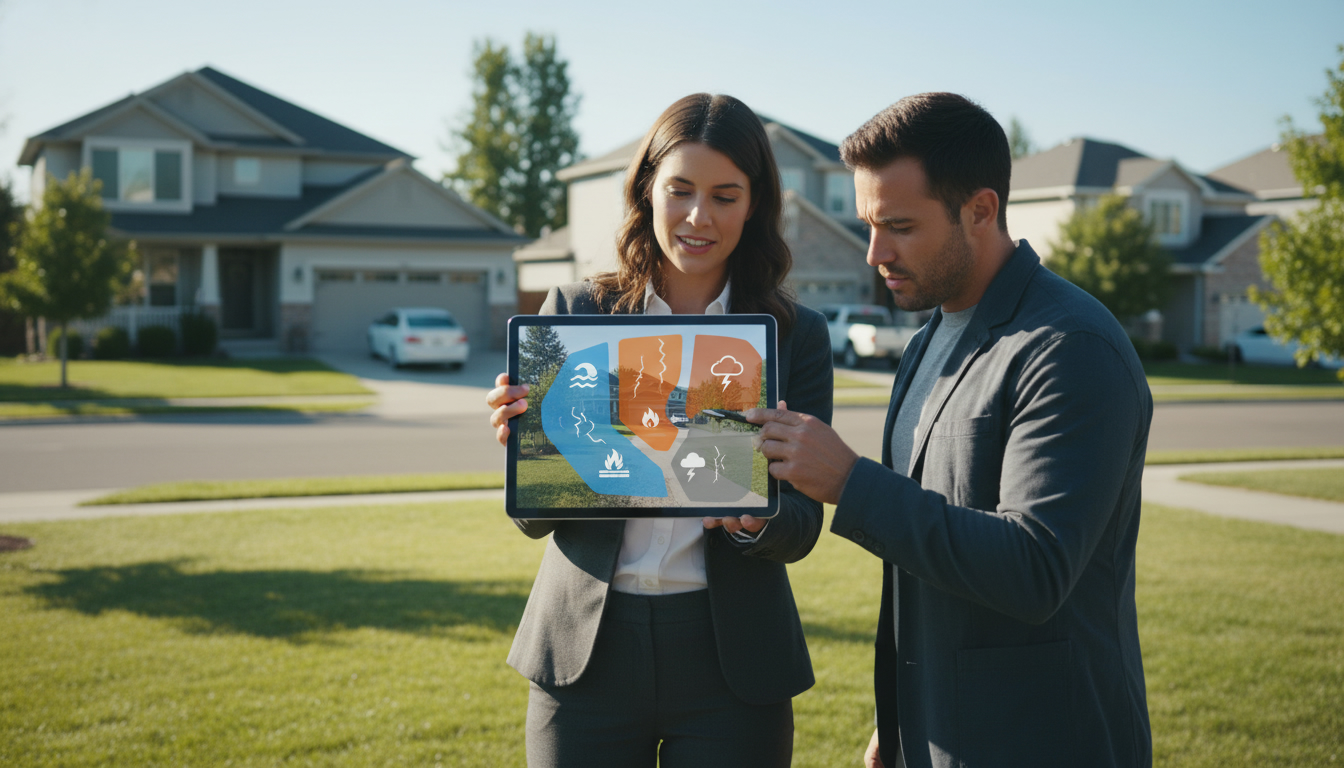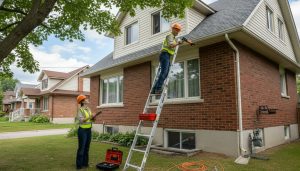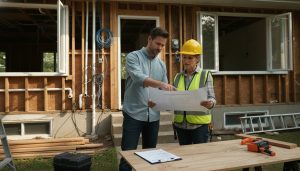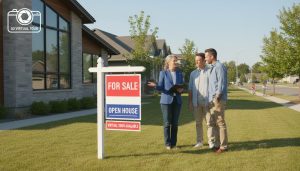Are there natural disaster risks in my area?
Is your neighbourhood one storm, flood, or wildfire away from disaster? Here’s the simple checklist to know — and what to do next.
Quick answer: yes — but only if you don’t check
Natural disaster risks exist everywhere, but their type and severity vary by location. Floods, wildfires, earthquakes, landslides and severe storms are the most common threats. The real question is not “if” — it’s “how exposed is your property?” Use the steps below to get an accurate, actionable assessment.
How to check your local natural disaster risks (fast)
- Use official hazard maps
- Canada: Public Safety Canada, Natural Resources Canada, Environment Canada, and provincial emergency management sites publish flood, earthquake and wildfire hazard maps.
- United States: FEMA Flood Maps and USGS earthquake hazard maps are primary sources.
- Check municipal and provincial records
- Local planning departments, conservation authorities and town GIS portals hold floodplain, landslide and stormwater maps.
- Look for past event records and declared disasters in your municipality.
- Inspect your property’s vulnerabilities
- Elevation and drainage: Is your home below nearby water levels or in a floodplain?
- Vegetation and defensible space: Is combustible brush within 10–30 metres of the structure?
- Soil and slope: Steep slopes increase landslide and erosion risk.
- Review your insurance policy now
- Standard homeowners policies often exclude overland flood and may limit earthquake coverage.
- Flood insurance availability and terms differ by country and insurer — in the US FEMA/NFIP exists; in Canada private options vary.
- Check limits, deductibles, and endorsements for sewer backup, overland flood, earthquake and wildfire smoke.

What the data says (short version)
- Floods and severe storms cause the highest number of residential claims in many regions.
- Wildfire risk has expanded with hotter, drier seasons in many areas.
- Earthquake risk is location-specific but can cause disproportionately large losses when it occurs.
Practical risk reduction that saves money
- Mitigation lowers premiums and reduces claim severity: elevate utilities, install backwater valves and sump pumps, clear combustible material, replace roofing with fire-resistant materials, and secure loose outdoor objects.
- Document upgrades and get municipal permits — insurers reward verified mitigation.
How an insurance & risk expert helps
A skilled insurance and risk adviser converts maps and data into a plan: correct coverage, targeted mitigation, and a claims strategy. They compare carriers, negotiate terms, and explain tradeoffs between premiums and coverage limits.
If you want a clear, local risk assessment and an insurance review tailored to your property, contact Tony Sousa. He evaluates natural disaster risk, reviews insurance gaps, and recommends cost-effective mitigation so you’re protected before disaster strikes.
Email: tony@sousasells.ca | Phone: 416-477-2620 | Website: https://www.sousasells.ca
Act now: verifying risk and adjusting coverage before an event saves money and stress. Don’t wait for a storm to teach you what you could have known today.





















